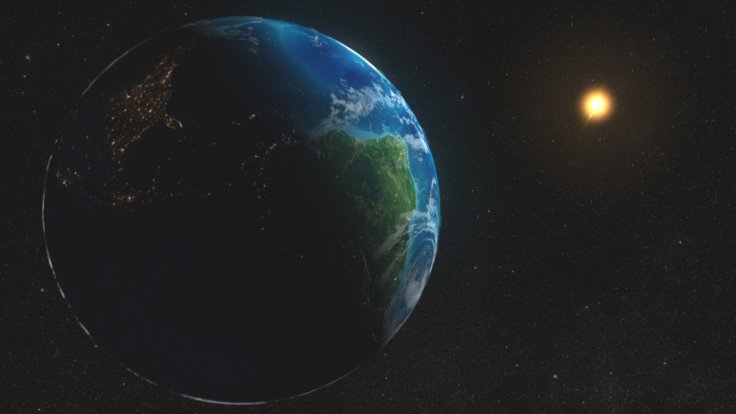
This year began with several celestial phenomena lined up and one of them is the 'Perihelion.' On January 3, our home planet earth will be at the closest possible distance from the sun and this event is scientifically known as the 'Perihelion'.
Perihelion is significant because earth's distance from the sun essentially determines the seasons and temperature on our home planet, however, this belief is not true, stated the director and founder secretary of Planetary Society of India N Sri Raghunandan Kumar.
This phenomenon interrupts this typical cycle. So, while the temperature of the earth is supposed to be higher when its distance is less with the sun, all the northern hemisphere countries are currently witnessing winter despite sun's least possible distance with the earth.
As per Kumar, "Perihelion is an important event for research and educational purposes although the public cannot observe it. Commonly it is believed that the distance of the earth from the sun decides the season or temperature on the earth. But this is not true. The axial tilt (approx. 23.5 degrees) of the earth on its axis while revolving around the Sun regulates seasons on the earth with one of the hemispheres facing away or towards the Sun," reported Deccan Chronicle.
Although this is not an event that people would be able to observe, it would be significant as it has great educational potential, which could help students and also the common public to understand the event better, said Mr. Kumar.
The sun is supposed to be at a distance of approximately 14,70,97,237 kilometer from earth at around 11.05 am on that specific day (January 3). This marks earth's closest rendezvous with the sun "in its annual elliptical orbit."
Also Read: NASA plans to 'touch' the sun this year
On the other hand, on July 6 this year, the earth's distance would be the highest with the sun, which is astronomically known as 'Aphelion.' The distance between the planet and its host star would then be around 15,20,95,571 kilometers.









